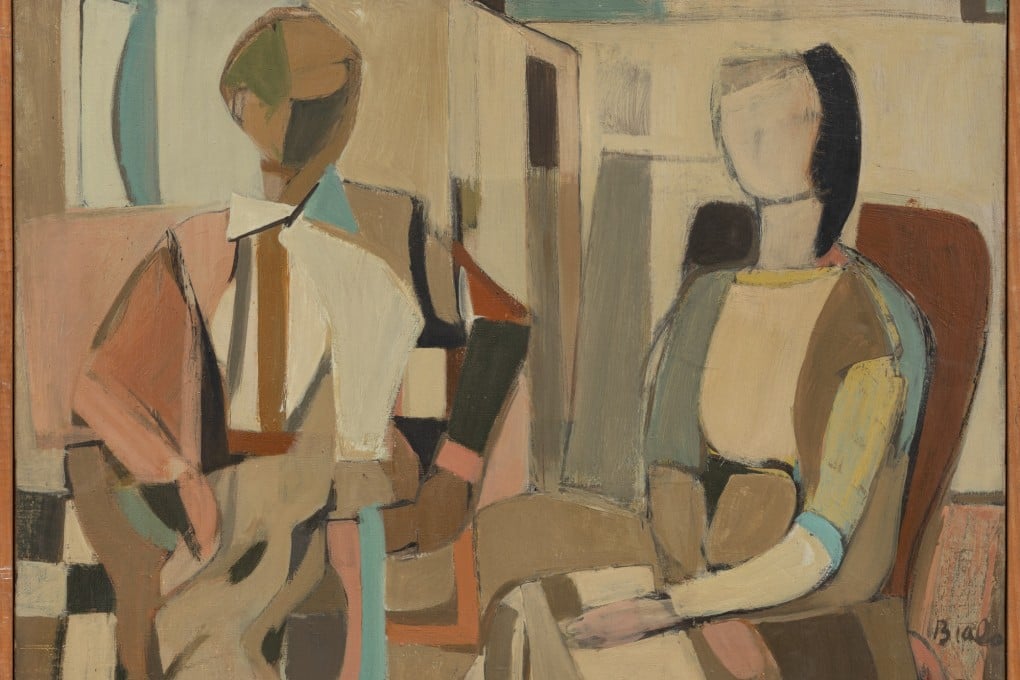How Art Basel Hong Kong is reclaiming overlooked artists’ legacies
With a focus on rediscovering the past, this year’s fair is showcasing works that challenge traditional narratives of art history

Starting with the local galleries, Alisan Fine Arts is spotlighting works by the recently departed Chinese-American sculptor Ming Fay (1943-2025), known for his large-scale fruit sculptures made of bronze or papier-mâché, as part of the fair’s Kabinett sector. Works by individuals whose impact on art history was realised posthumously, or who have experienced renewed visibility in the market and institutions in recent years, are also coming to the fore – from 10 Chancery Lane’s presentation of Vietnamese artist Vu Dan Tan’s (1946-2009) curious sculptural works, to Hong Kong’s “King of Watercolours” Luis Chan’s (1905-95) whimsical surrealist landscapes, on view at Hanart TZ’s booth.

Axel Vervoordt Gallery will be showcasing the work of American artist Ann Leda Shapiro (b. 1946), whose work was censored in a 1973 solo exhibition at the Whitney Museum of American Art due to her depiction of hermaphroditic creatures, challenging gender norms in society. Shapiro projects the human body as a landscape, and her watercolour series on view in Hong Kong, “Manifestation of Qi”, is inspired by traditional Chinese medicine.
New York-based Berry Campbell Gallery makes its Art Basel Hong Kong debut with a presentation dedicated to Western post-war female artists, among them Alice Baber (1928-82), Janice Biala (1903-2000), Bernice Bing (1936-98), Lynne Drexler (1928-99), Emiko Nakano (1925-90), Elizabeth Osborne (b. 1936) and Yvonne Thomas (1913-2009). These artists have seen a remarkable resurgence and recent market attention. Their work is being rediscovered and repositioned in the broader cultural discourse – their contributions to art history, until recently, were obscured by more established art historical narratives.

Manila-based Silverlens and New York-based Tina Kim Gallery are together presenting three monumental paintings by the Filipino-American artist Pacita Abad (1946-2004). Known for her engagement with craft practices as well as the work of local and regional craftswomen, Abad’s trademark are brightly coloured abstract trapuntos – quilts commonly used and primarily woven by female weavers. The artist stitched a label onto the back of each work, providing the date, title, materials used and measurements. With such information available, one can only hope that her name will be better recognised and her work better documented in the future than when first created.